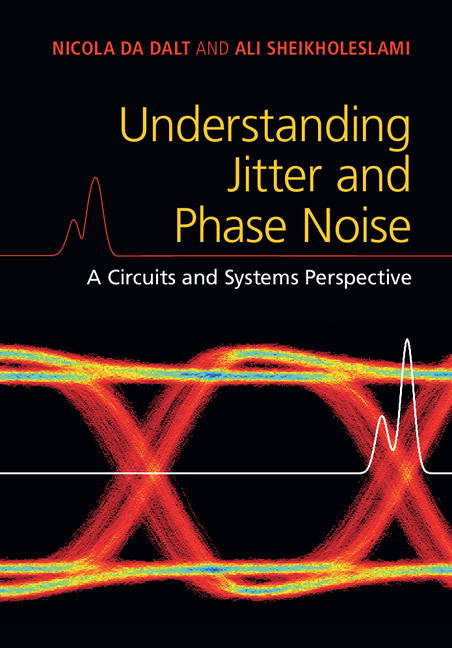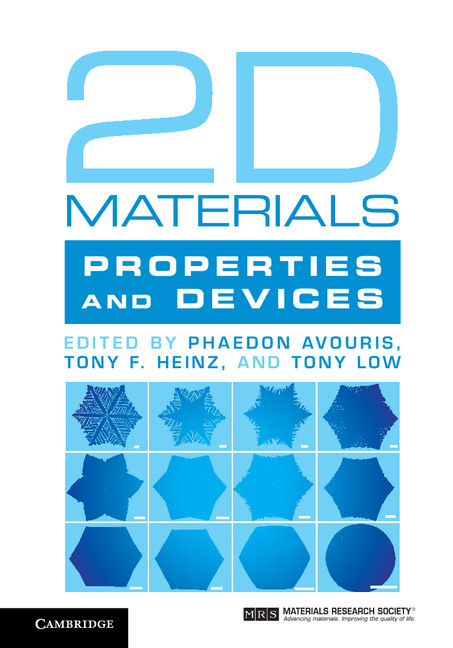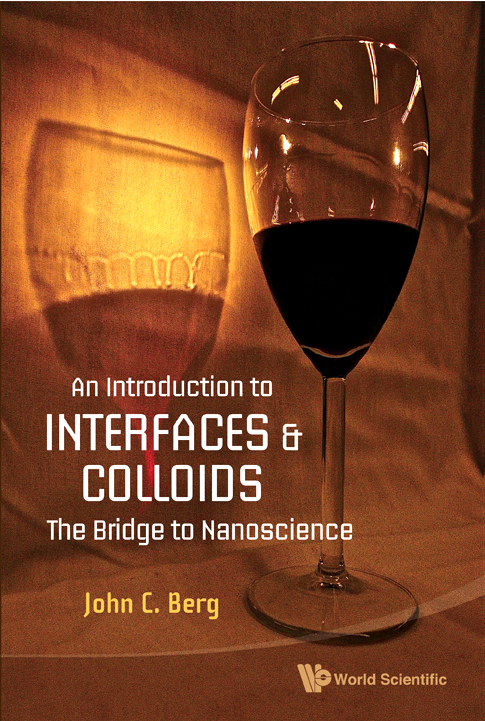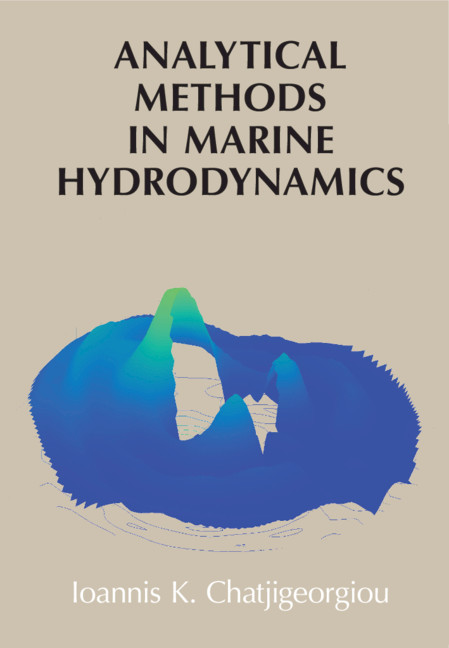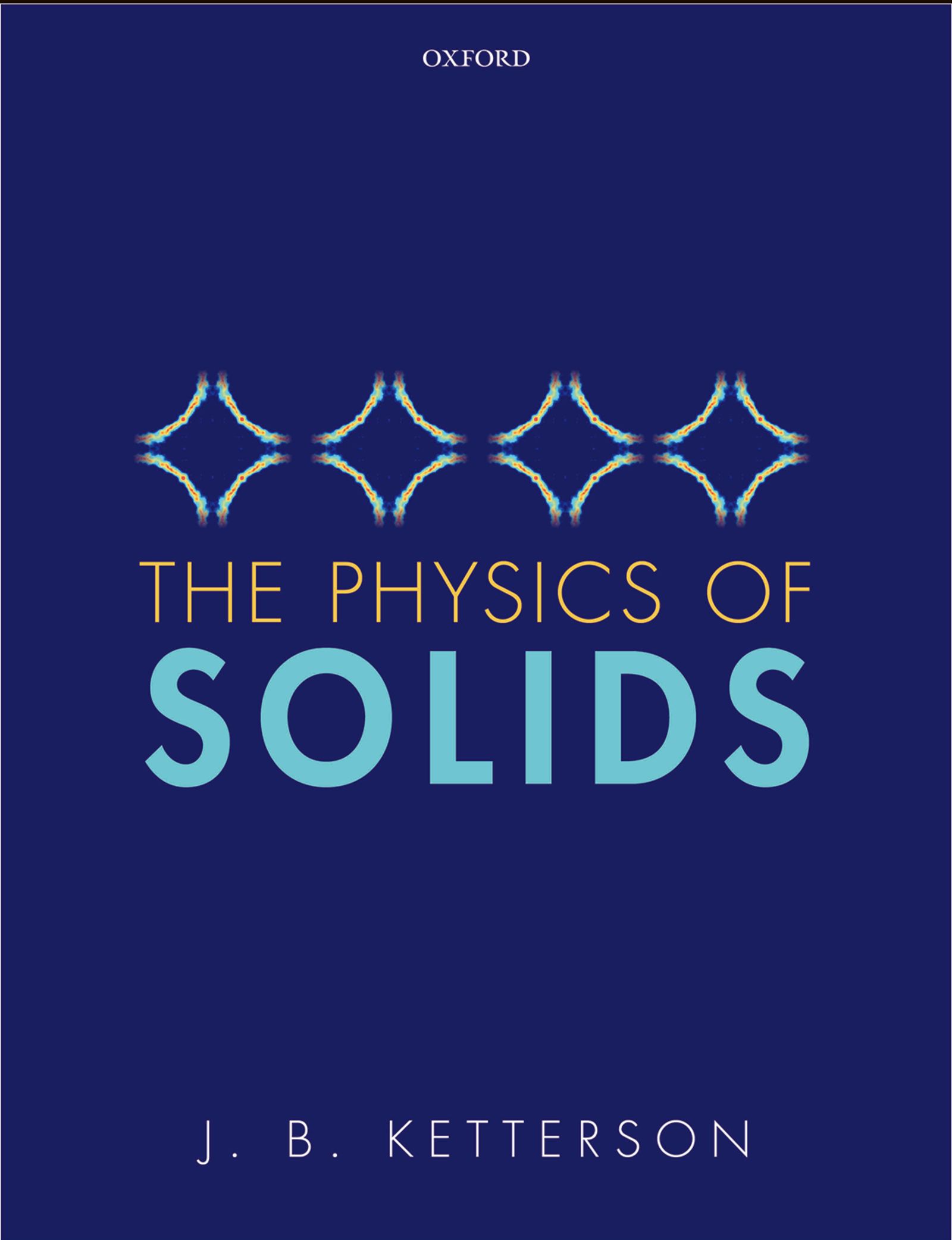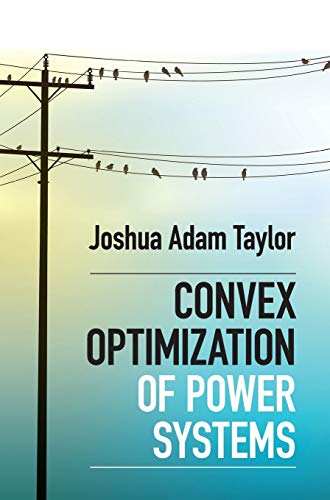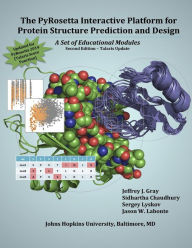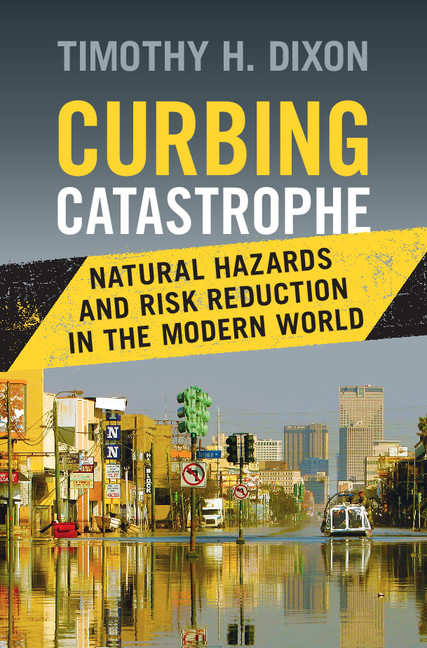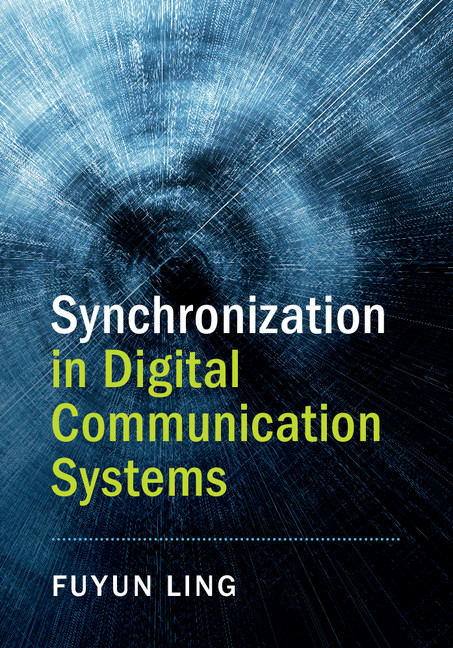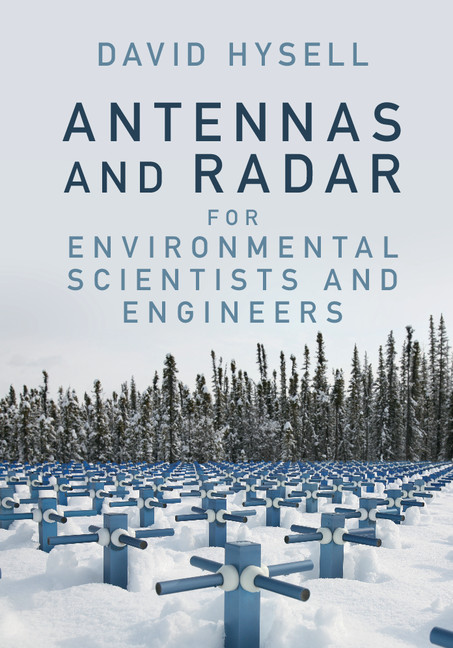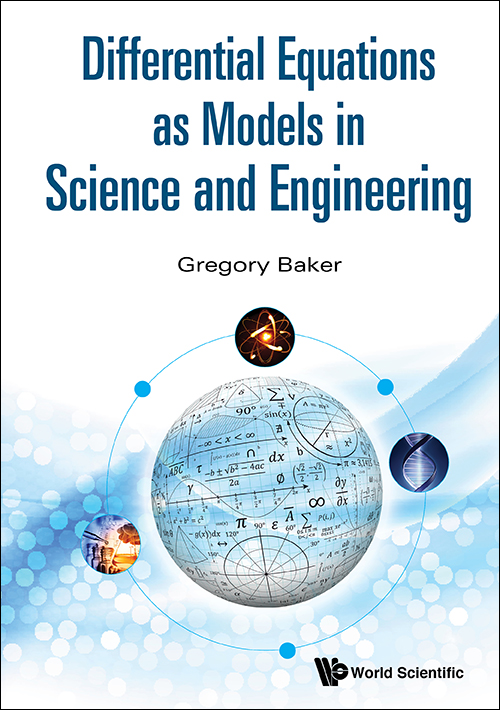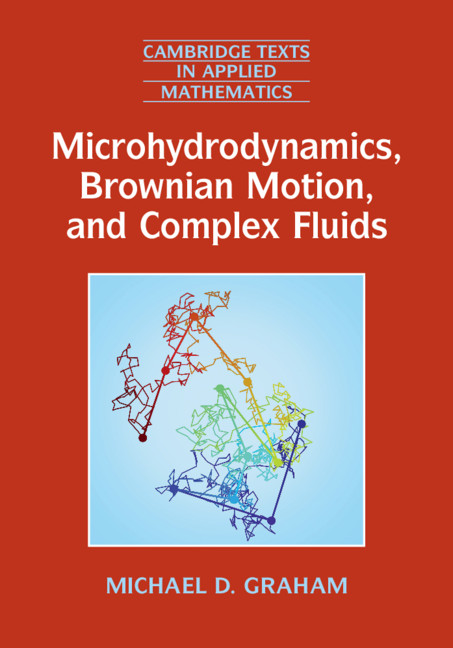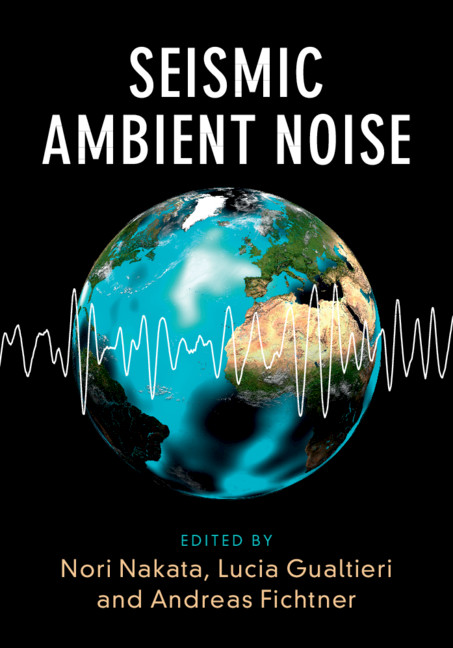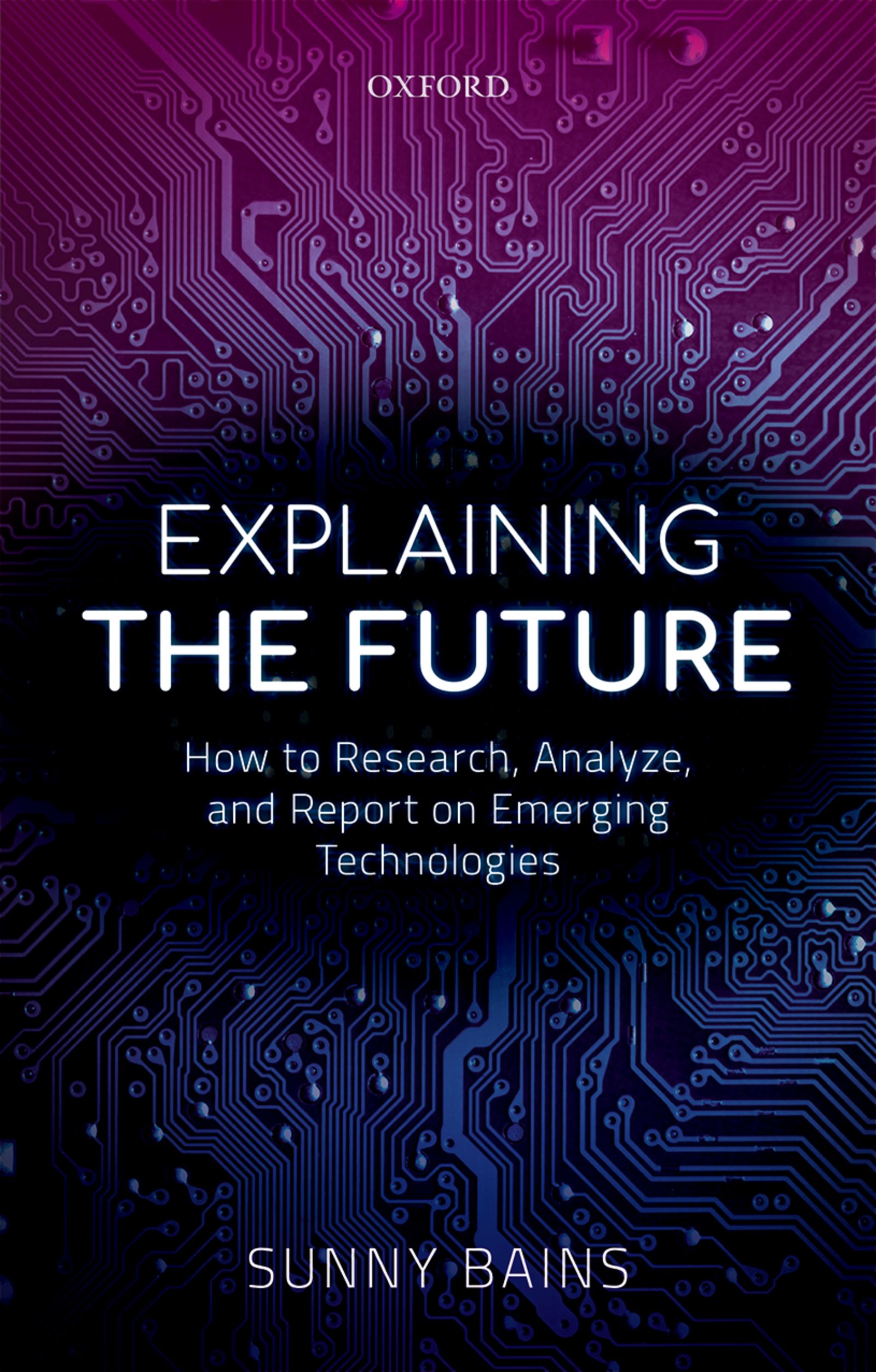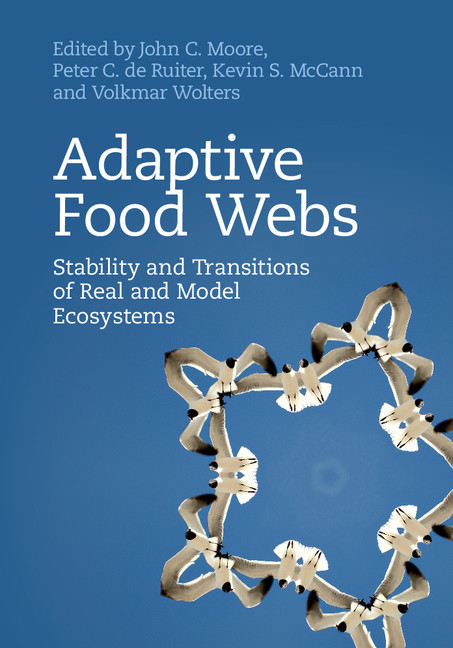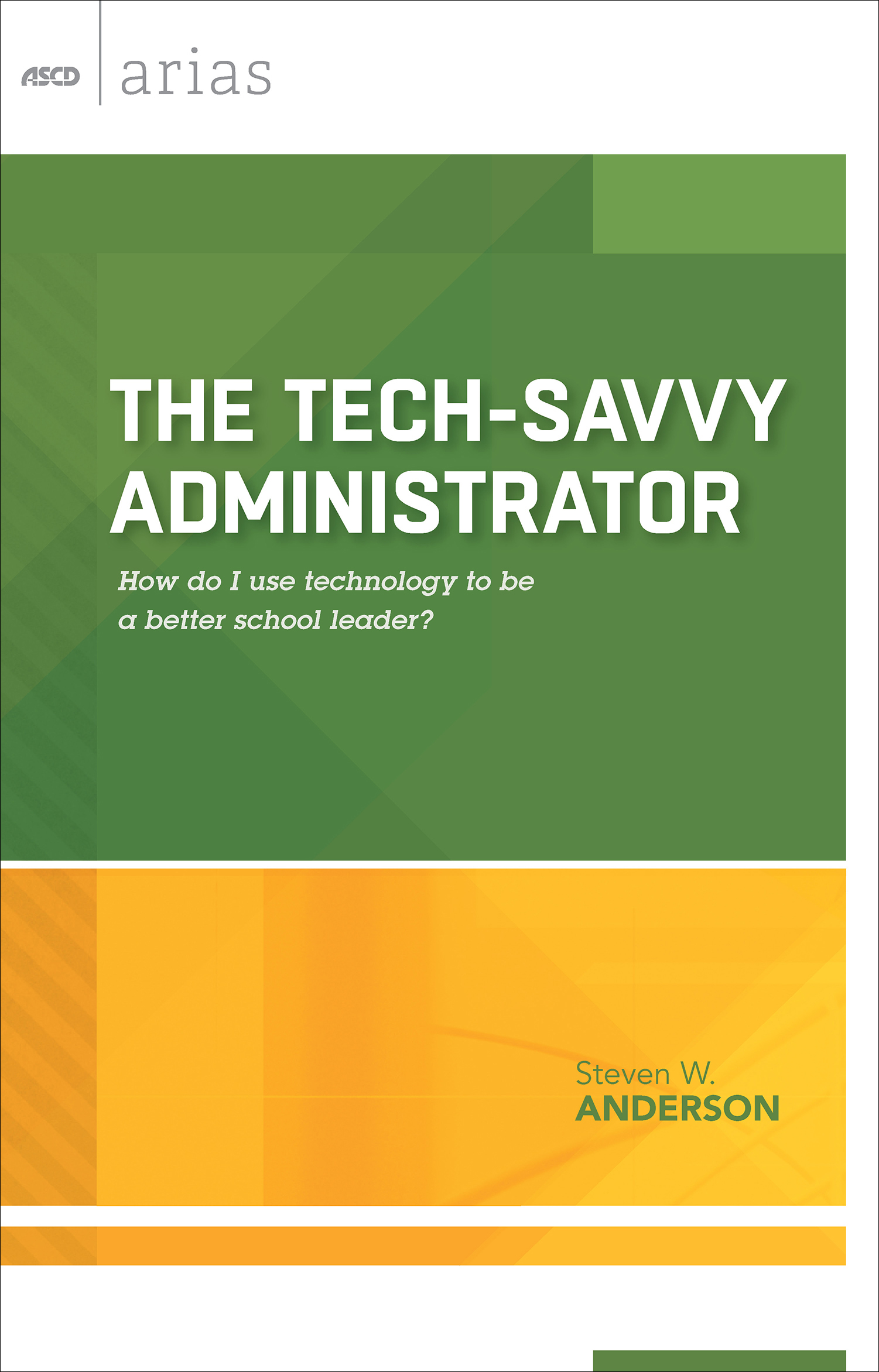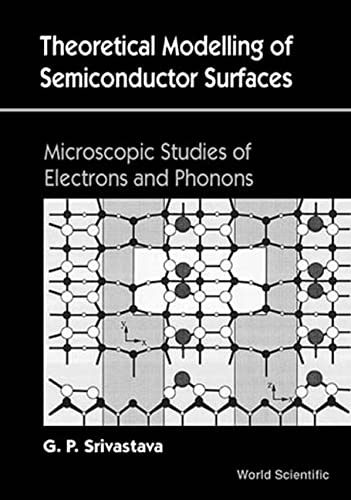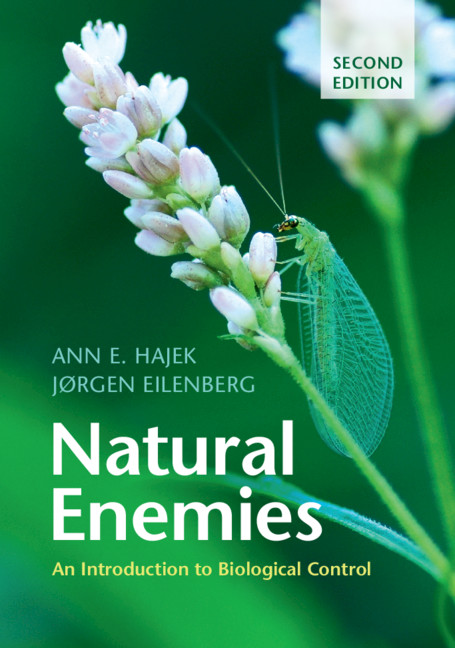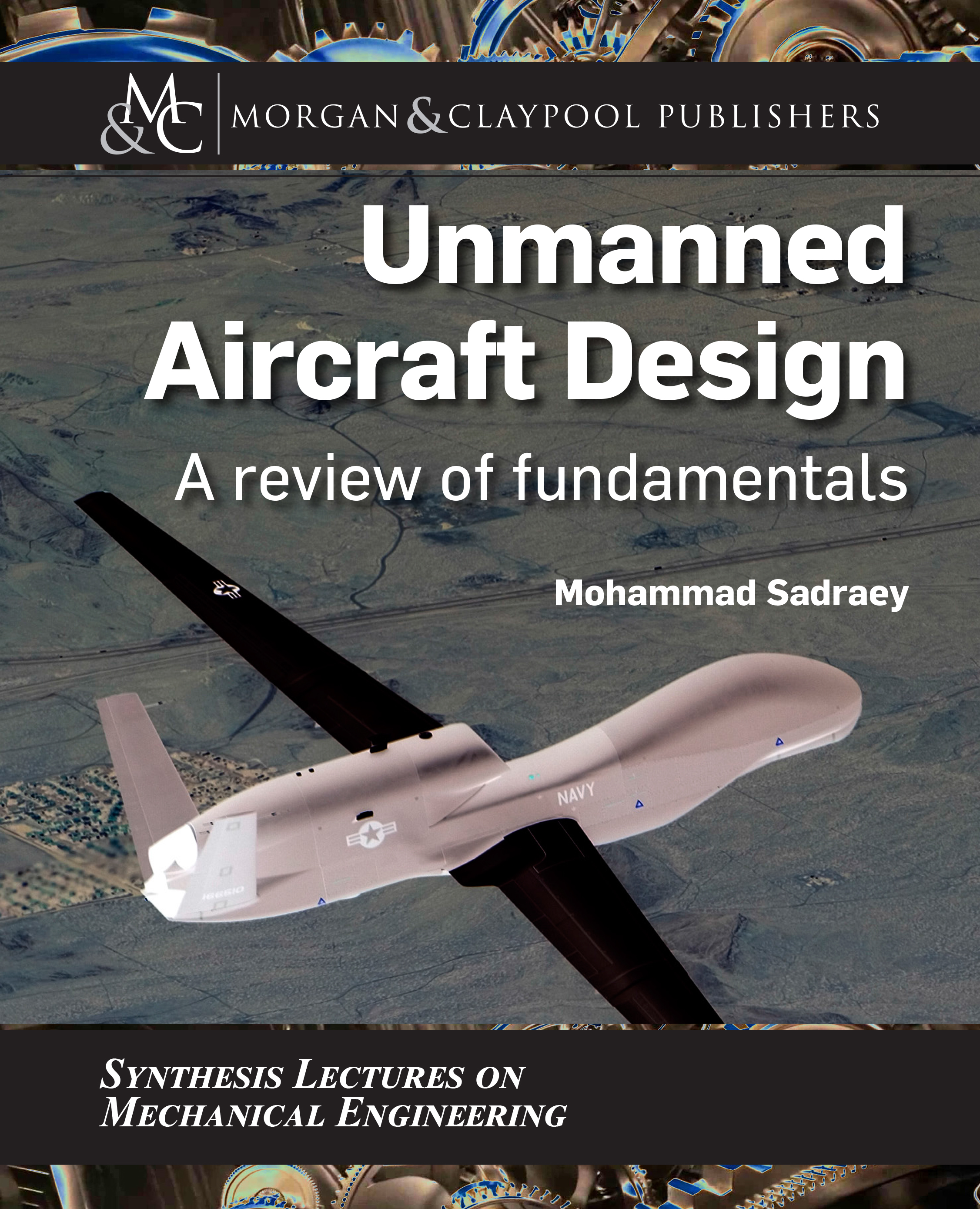Age And Growth In Indian Freshwater Fishes
by K.K. TANDON
2020-07-22 15:15:18
Age And Growth In Indian Freshwater Fishes
by K.K. TANDON
2020-07-22 15:15:18
Fisheries have played an important role in the economy of many industrialized countries. It is, therefore, natural that our waters should be kept free from any pollution so that mankind can continue to reap rich harvest from them. Fluctuations in fis...
Read more
Fisheries have played an important role in the economy of many industrialized countries. It is, therefore, natural that our waters should be kept free from any pollution so that mankind can continue to reap rich harvest from them. Fluctuations in fish catches led the fishery scientists to study various aspects of fishery biology in order to pinpoint the causes of such variations. The study of age and growth of fish is an integral part of the biology. Exact knowledge is helpful in rational management a11d predicting future fishery stocks. In the Indian context research in the field of age and growth remained restricted because of the difficulty experienced in reading hard parts. In the Section of Zoology and Entomology of the Indian Science Congress, under the Presidentship of Dr. M.A. Moghe (1946), wokers like Dr. B. Sundara Raj, Dr. S.L. Hora, Dr. D.V. Bal, Dr. B.K. Das, Dr. C. C. John and Mr. S.K. Mitra discussed the use of scales for age determination in Hilsa, Catla and Sardinella longiceps. In the subsequent years some contributions did find their place in the Indian Journals. During the early years most of them were of preliminary nature dealing with fish length-scale radius relationship and backcalculated lengths without using correction factor (Jhingran, 1959; Natrajan and Jhingran, 1963; Kamal, 1969; Khandker and Hoque, 1970; Rao and Rao, 1972; Gupta and Jhingran, 1973; Khan and Siddiqui, 1973). The authors of this book have tried to project the authenticity of scale studies in age and growth of Indian freshwater fishes. The book is divided into different chapters. Chapter 2 deals with the available literature from India and abroad. Chapter 3 is on methodology. This deals with hard parts though emphasis is on scales. Formulae for back-calculation and growth parameters are described. Chapter 4 deals in detail with the structure of scales and growth studies on Cirrhinus m rigala, Labeo rohita, Catla catla and Labeo calbasu. Comparison of the results is based on the available published work wherever possible. Chapter 5 is on growth parameters. Chapter 6 describes the harvestable size and the attainable ultimate size. Chapter 7 deals with mortality and population size. Chapter 8 is epilogue. Chapter 9 is appendix and includes the published data on Indian fishes other than major carps and will be useful for any future comparison. We had the pleasant opportunity to work with Doc. Dr. Ota Oliva, Professor and Head, Ichthyology Lab., Charles University, Praha (Czechoslovakia) in the mid-and late seventies under UNESCO Fellowship Programme. Through him we came in contact with other Fishery Biologists in different European Institutes and FAO. The regular contacts with him in the subsequent years have resulted in the consummation of this work. Authors also drew inspiration from Dr. Karel Pivnicka, Head, Department of Landscape Ecology and Environmental Protection, Charles University, Praha; Dr. J. Holcik, Laboratory of Fishery and Hydrobiology, Bratislava; Dr. Karol Hensel, Comenius University, Bratislava, and Dr. Milan Penaz, Institute of Vertebrate Zoology, Czechoslovak Academy of Science, Bmo, who helped them in understanding the subject from various angles. In this laboratory the studies on age and growth based on scales of the commercial fishes of Gobindsagar Reservior started in 1967. Results were encouraging. In the later years, with the financial help of UGC, New Delhi, this work was extended to Rajasthan waters where the junior author was employed. The book is the result of more than 20 years efforts. During this long journey we have been helped by Dr. Bhupinder Singh, Dr. V .K. Sharma, Dr. Jagpal Singh, Dr. Jagjeet Singh, Dr: Gurbinder Singh, Dr. J.R. Gupta, Miss Sarabjit Kaur, Mrs. Jaswinder Kaur, Mrs. Tarun Arora, Miss Monika and Mr. Bishan Sarup Bhandari, who have been kind enough to permit us to use their published and unpublished data. We gratefully acknowledge their generosity. For the collection of field data, the facilities provided by the State Fisheries Departments of Himachal Pradesh, Punjab and Rajasthan deserve special thanks. Mention must be made of the names of Dr. Kuldip Kumar Director, Himachal State Fisheries Department, Mr. G.S. Bansal, Executive Officer, FFDA, Una, Mr. Vijay Kumar, Fishery Officer, Bhakhra, Mr. K.P. Sharma, Deputy Director (Fisheries), Udaipur Rajasthan Govt. and Mr. R.C. Cliuhan, Fishery Project Officer, Hanumangarh (Rajasthan) who extended all facilities in the field at every step - from stay to collection. Professor Ashok Sahni of the Centre of Advance Studies in Geology, Pan jab University, Chandigarh need particular mention 'for helping us in SEM. British Museum, Natural History, London; FAO, Rome, and U.S. Fish and Wildlife Service, La Crosse LI U.S.A helped us with regular flow of literature, we are indebted to them. Mr.Parkash Chander Sharma, Photographer, took keen interest in the photography of the hard parts presented in the text, and Mrs. J.S
Less






